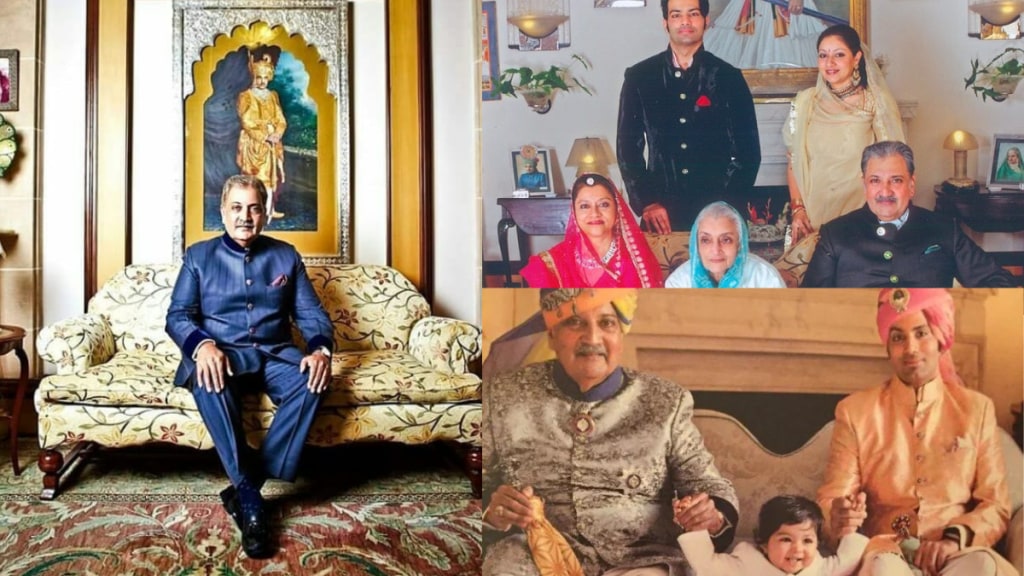In the annals of Indian history, one name shines brightly as a beacon of royalty, tradition, and modernity – Maharaja Gaj Singh II of Jodhpur. His life story, filled with unique twists and turns, mirrors the transition of princely India into a democratic nation. From inheriting the throne at the tender age of four to his pivotal role in the realms of Indian politics and culture, this is the captivating tale of a modern-day Maharaja.
Early years and ascension
A royal legacy unfolds
In the year 1948, on the 13th of January, Maharaja Gaj Singh II, lovingly referred to as “Bapji,” was born into the illustrious Rathore family, the Maharajas of Marwar-Jodhpur. His destiny was etched in history even before his birth, as he was destined to succeed his father, Maharaja Hanwant Singh, on the throne.
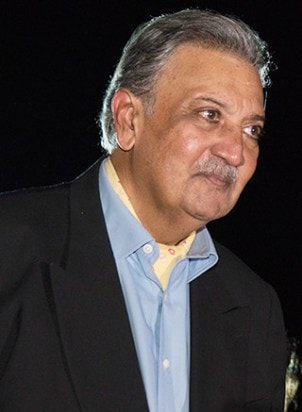
However, destiny had an extraordinary plan for young Gaj Singh. In 1952, the Rathore State of Marwar-Jodhpur merged into the Union of India, and the young head of the Rathore clan was recognized as the Maharaja of Jodhpur by a Presidential decree. At the age of just four, Gaj Singh embarked on a remarkable journey as the 39th Maharaja of his dynasty.
A unique upbringing
With his father’s sudden demise, Gaj Singh and his siblings were raised by their mother, Rajmata Krishna Kumari. His formative years took an unexpected turn when, at the age of eight, he was sent to Cothill House, a prestigious preparatory school in Oxfordshire, England. This was just the beginning of his international education journey, which continued at Eton College and Christ Church, Oxford, where he earned a degree in Philosophy, Politics, and Economics.
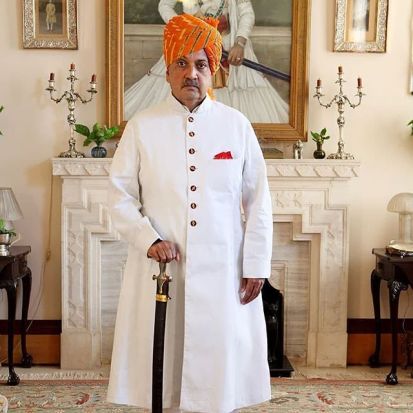
Family and life beyond royalty
A royal marriage
In 1970, Gaj Singh returned to Jodhpur to fulfill his duties as the Maharaja of Jodhpur. In the following years, he added another layer to his regal legacy by marrying Hemalata Rajye, the daughter of the Raja of Poonch, a major feudatory state of Kashmir, and Nalini Rajya Lakshmi Devi, a daughter of King Tribhuvan of Nepal and Queen Ishwari Rajya Lakshmi Devi. This union brought forth two children:
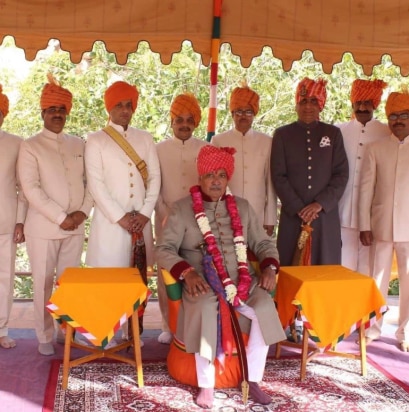
- Shivranjani Rajye, born on 22nd August 1974.
- Shivraj Singh, born on 30th September 1975.
The struggle and derecognition
The winds of change swept through India in 1971 when the constitution underwent an amendment. On 5th November 1971, Maharaja Gaj Singh and other princely rulers faced a significant turning point in their lives as they were deprived of their privy purses and other privileges. This amendment marked the end of official symbols of princely India, including titles and diplomatic immunity.
A multi-faceted career
From royalty to diplomacy
Maharaja Gaj Singh’s journey transcended the boundaries of royalty. He served as the Indian High Commissioner to Trinidad and Tobago, representing India on foreign soil. Additionally, he graced the Rajya Sabha, the Upper House of the Indian Parliament, with his presence, actively contributing to the nation’s governance.
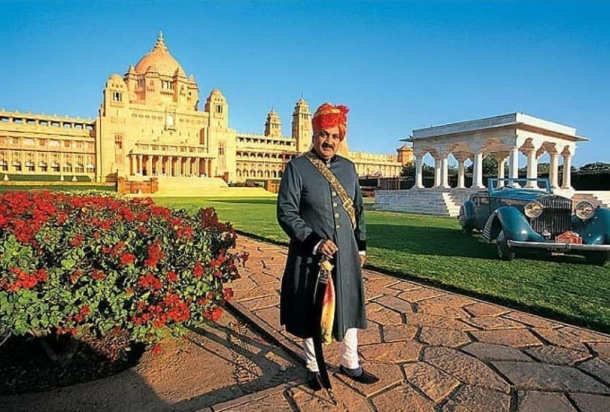
A legacy of education and philanthropy
In 1992, Maharaja Gaj Singh founded the Rajmata Krishna Kumari Girls’ Public School, a testament to his commitment to education and women’s empowerment. This school continues to serve as a beacon of knowledge and progress in Jodhpur.
Honours and awards
In 2022, Maharaja Gaj Singh II was honored with the Memorial Medal of Tree of Peace in a Special class with rubies, an international peace award granted by a Slovak non-governmental organization. This recognition highlights his tireless efforts in promoting peace and cultural heritage.
Net worth
The Umaid Bhawan Palace is where Maharaj Gaj Singh II and his family currently make their home. The palace’s three main sections are the private living quarters for the royal family, the hotel run by Taj Hotels with the family’s blessing, and the museum open to the public. The estimated wealth of the Jodhpur royal family is 224 billion Indian Rupees.
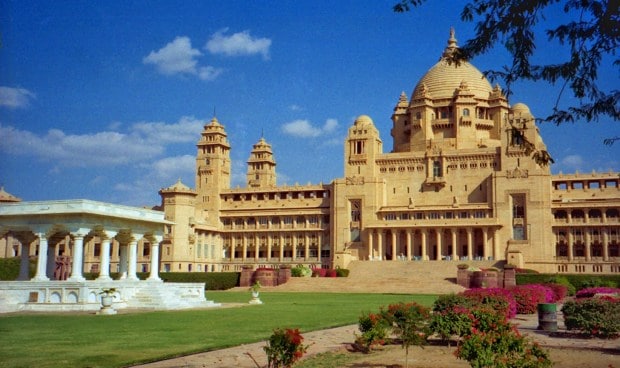
Maharaja Gaj Singh II’s life is a remarkable blend of tradition and modernity, royalty and diplomacy, philanthropy, and governance. His journey from ascending the throne at a tender age to his pivotal role in shaping contemporary India reflects a remarkable chapter in the history of the country. As a guardian of heritage, a statesman, and a visionary, Maharaja Gaj Singh II continues to inspire and make a lasting impact on the world.

